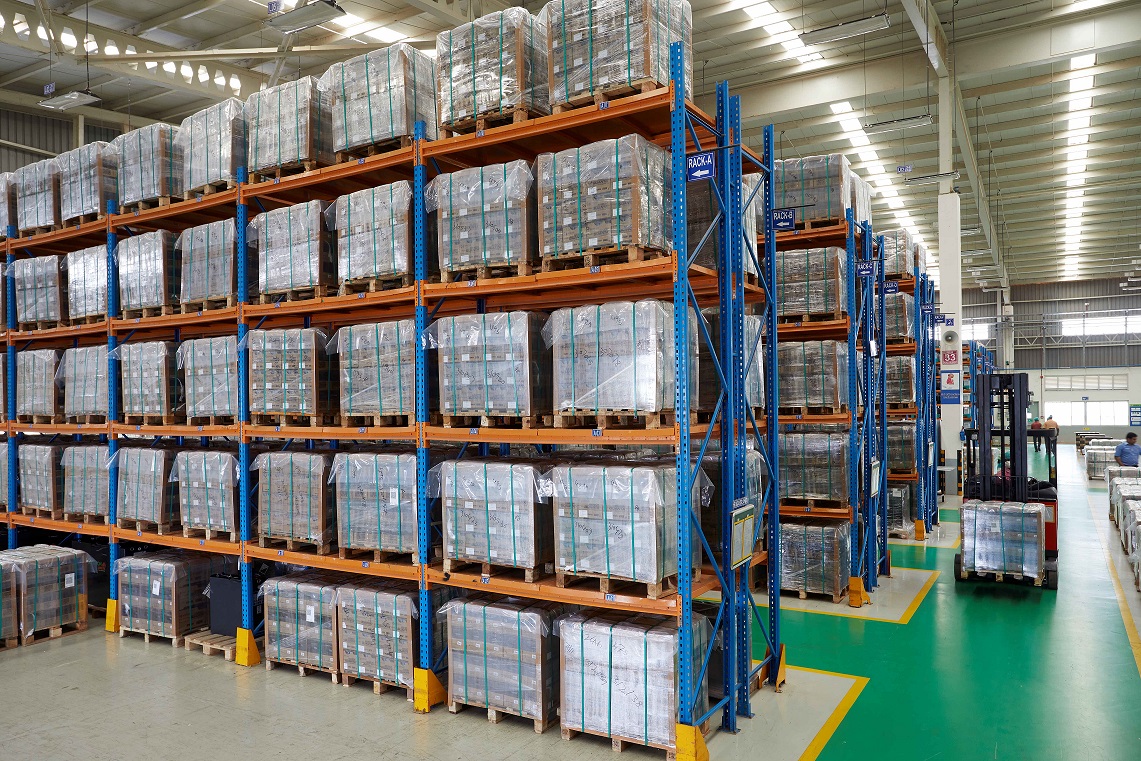The right ergonomics is the backbone of your warehousing operations. While some
warehouses today are automated, many still require workers to manually store and
manage goods. This involves receiving, stacking, reaching, picking, lifting, twisting,
retrieving, all of which make demands on the body, leading to exertion and injury.
When you focus on improving warehouse ergonomics, you not only reduce the chance of
injury to your workers, but you can actually improve warehouse productivity.
Here are 7 ways that you can protect your workers and see an improvement in
productivity:
1 Racks slotting and warehouse zone
Storage space slotting is the science (and art, for some) of placing and storing products at the
optimal locations as per their fulfilment needs. The aim is to improve the order fulfilment rate
while optimizing the storage space and picking paths. Productivity is at its highest when
employees don’t have to go too far from themselves to complete the tasks. Known as the
‘primary reach zone’ or ‘golden zone’. In manual operations, it requires minimum arm, head
and body movement. These zones are usually within a 24-inch radius of the worker’s body.
2 Minimize material handling
Material handling is one of the biggest causes of worker injuries, about 60%. The
intelligently designed racking and operational layout make it possible to optimize the
routes to stack or pick up goods. In an ideal scenario, the material should be handled only
once in the warehouse.
The other available option is to automate your warehousing operations. The intelligent
software programme will determine SKU locations based on various factors and optimizes
material handling with no human intervention and highest safety.
3 Avoiding repetitive motions and unproductive product movement
If the warehouse process requires workers to perform redundant tasks for each item
picking/retrieval like reaching, carrying, lifting, shifting and fulfilment or if an item is
handled multiple times, then you need to do a thorough review of the operational layout
and suitability of the warehouse racking system.
In most cases, it so happens that the racking system is designed and installed for certain
product properties, configurations and operational requirements. Over time, they get
changed but the necessary changes in the racking configuration and systems might not
have been taken care of. Each racking system is made for specific use cases such as Double
deep racking for better space utilization with medium SKUs or Selective pallet racking for
high SKUs with 100% selectivity. You need to consult a racking system designer and
supplier like SILVER LINING storage to do a detailed analysis and audit of the racking
system and propose a feasible solution.
4 Ergonomic workstations and equipment
Just replacing basic desks with adjustable workstations can make a tremendous impact on
the health and attitude of your workers. Installing adjustable racks or shelves to change as
per the material properties can reduce pressure on arms, backs and shoulders. Use anti-
fatigue mats and incorporating vertical reciprocal conveyors (VRC) to reduce awkward
positions to improve warehouse ergonomics.
5 Evaluate order picking methodology
Understand the operations of your warehouse and choose an order-picking methodology
that increases speed and reduces employee fatigue.
Advanced order-picking methodologies, such as automated storage systems, horizontal
and vertical carousels, shuttles, etc., bring the goods to the worker. This reduces the time
to pack and also improves ergonomics.
6 Standardise the package handling and weight
Limit and standardise the size of the packaging that your workers have to lift. Unless you
have forklifts and warehouse equipment in your warehouse facility, limit all packages to
around 20-22kgs.
7 Train workers on proper lifting postures and techniques
Even with all possible automation and infrastructural changes that you make to your
warehouse operations, it is important to periodically train your workers on proper lifting
postures and techniques.
-Do not bend from the back but from the knees instead.
-Do not raise heavy packages above shoulder level.
-Do not twist while lifting heavy objects.
-Encourage the use of safety equipment, like gloves, hats and knee pads.
Other factors such as improving lighting, reducing noise levels, and encouraging short
breaks go a long way in reducing workers’ stress and increasing productivity.
SILVER LINING’S consultative sales team help customers not only choose the best storage
systems to optimize fulfilment but also focus on operational layout ergonomics which helps
in improving overall warehouse productivity.

